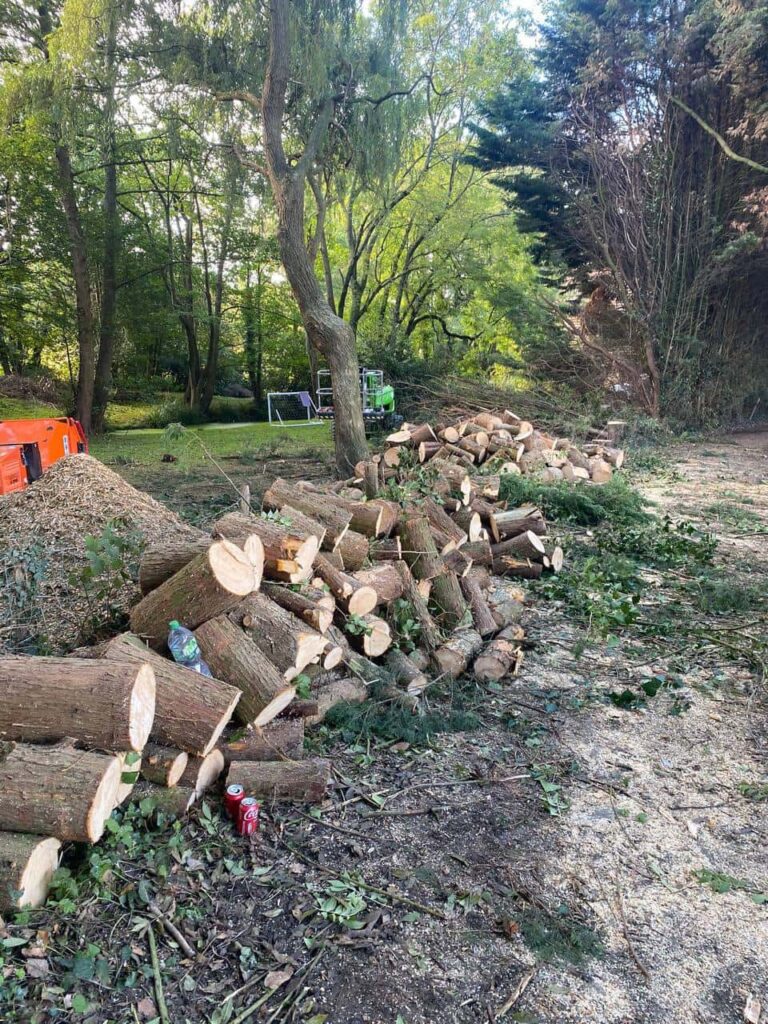Tree Reshaping and Drought Resistance: Surviving Water Scarcity
Introduction: Water scarcity is a growing concern in many parts of the world, and it has significant implications for our environment and the survival of trees and plants. As responsible tree caretakers, we must adapt our tree care practices to help trees thrive even in drought conditions. In this blog post, The Norwich Tree Surgeons will explore the importance of tree reshaping and other techniques to enhance drought resistance, ensuring the well-being of your trees during periods of water scarcity.
The Impact of Drought on Trees
Drought can severely stress trees, leading to a range of problems, including:
- Reduced Growth: Drought conditions can limit a tree’s ability to grow, causing stunted development and diminished canopy.
- Leaf Scorch: Insufficient water availability can lead to leaf scorch, where leaves dry up and turn brown along the edges.
- Vulnerability to Pests and Disease: Stressed trees are more susceptible to pests and diseases, making them less resilient.
- Root Damage: Prolonged drought can damage a tree’s root system, impacting its ability to absorb water and nutrients.
- Premature Leaf Drop: Trees may shed leaves prematurely as a survival strategy to conserve water.
Tree Reshaping for Drought Resistance
Tree reshaping, also known as tree pruning or tree trimming, is an effective technique to improve a tree’s drought resistance. Here’s how it can help:
- Canopy Reduction: Reducing the size of a tree’s canopy through pruning reduces the tree’s water demand, allowing it to allocate water more efficiently to its essential parts.
- Deadwood Removal: Removing dead or damaged branches helps the tree conserve energy and resources during drought.
- Thinning: Thinning the canopy allows better air circulation, reducing humidity and disease risk.
- Crown Raising: Elevating the lower branches of a tree can prevent them from competing with the upper canopy for water and nutrients.
- Shape Restoration: Pruning can help reshape a tree, ensuring its structural integrity while minimising water loss through excessive foliage.
Other Techniques for Drought-Resistant Trees
- Mulching: Applying mulch around the tree’s base helps retain soil moisture, reducing the need for frequent watering.
- Deep Root Watering: Providing deep, infrequent watering encourages the development of deep roots that can access water even during droughts.
- Proper Irrigation: When watering is necessary, use soaker hoses or drip irrigation to target the root zone without wasting water on the surface.
- Soil Improvement: Enhance the soil’s water retention capacity by adding organic matter and compost to improve its structure.
- Tree Selection: Choose tree species that are naturally more drought-resistant and suited to your local climate.
Conclusion: Water scarcity is a global challenge, and we need to adapt our tree care practices to ensure the survival and well-being of trees during drought conditions. Tree reshaping through pruning is a valuable technique that can help trees become more drought-resistant by reducing water demand and promoting healthier growth. By implementing these practices, you can contribute to the health and longevity of your trees while conserving water resources.
Call us on: 01603 361 093
Click here to find out more about The Norwich Tree Surgeons
Click here to complete our contact form and see how we can help with your tree’s needs.

